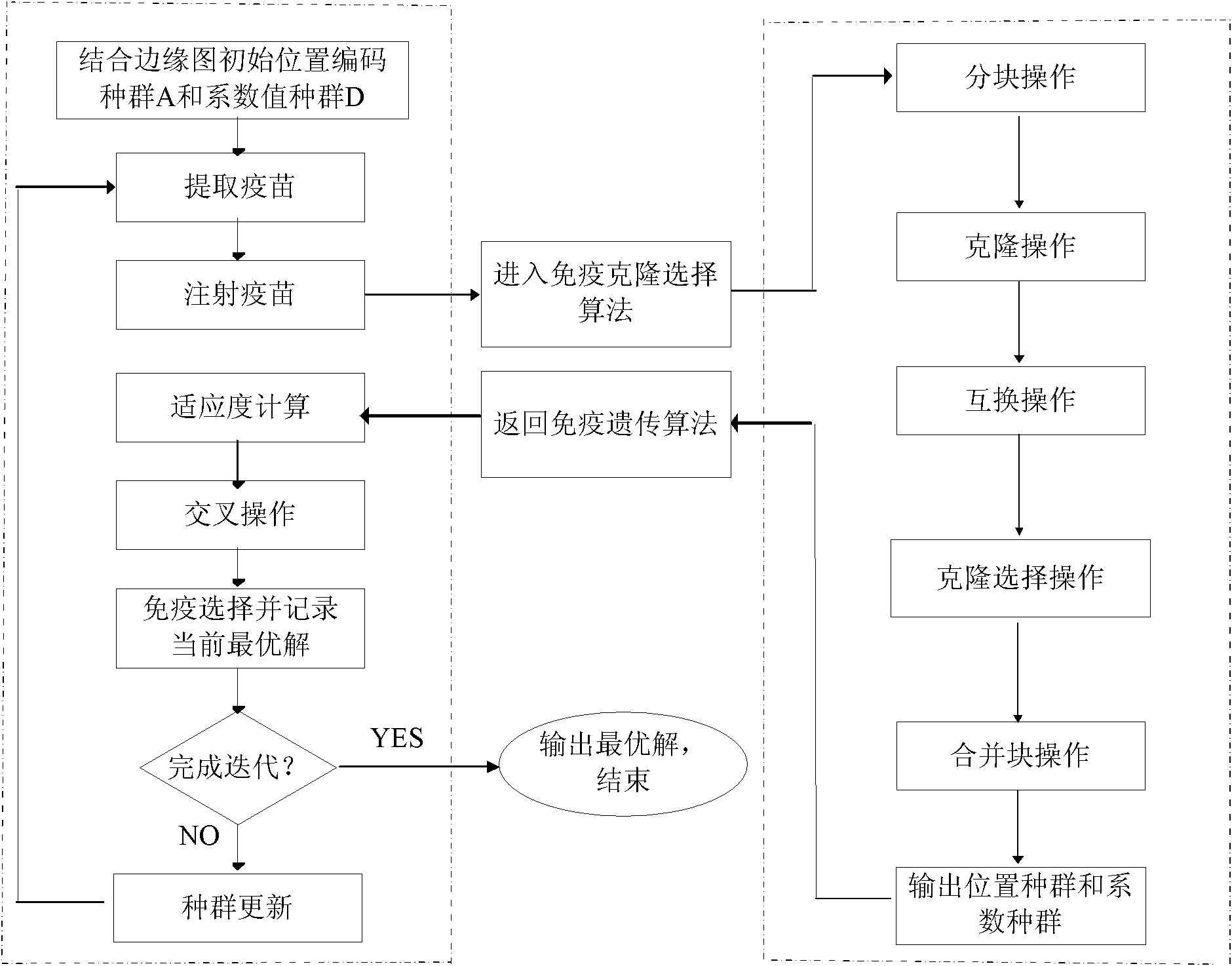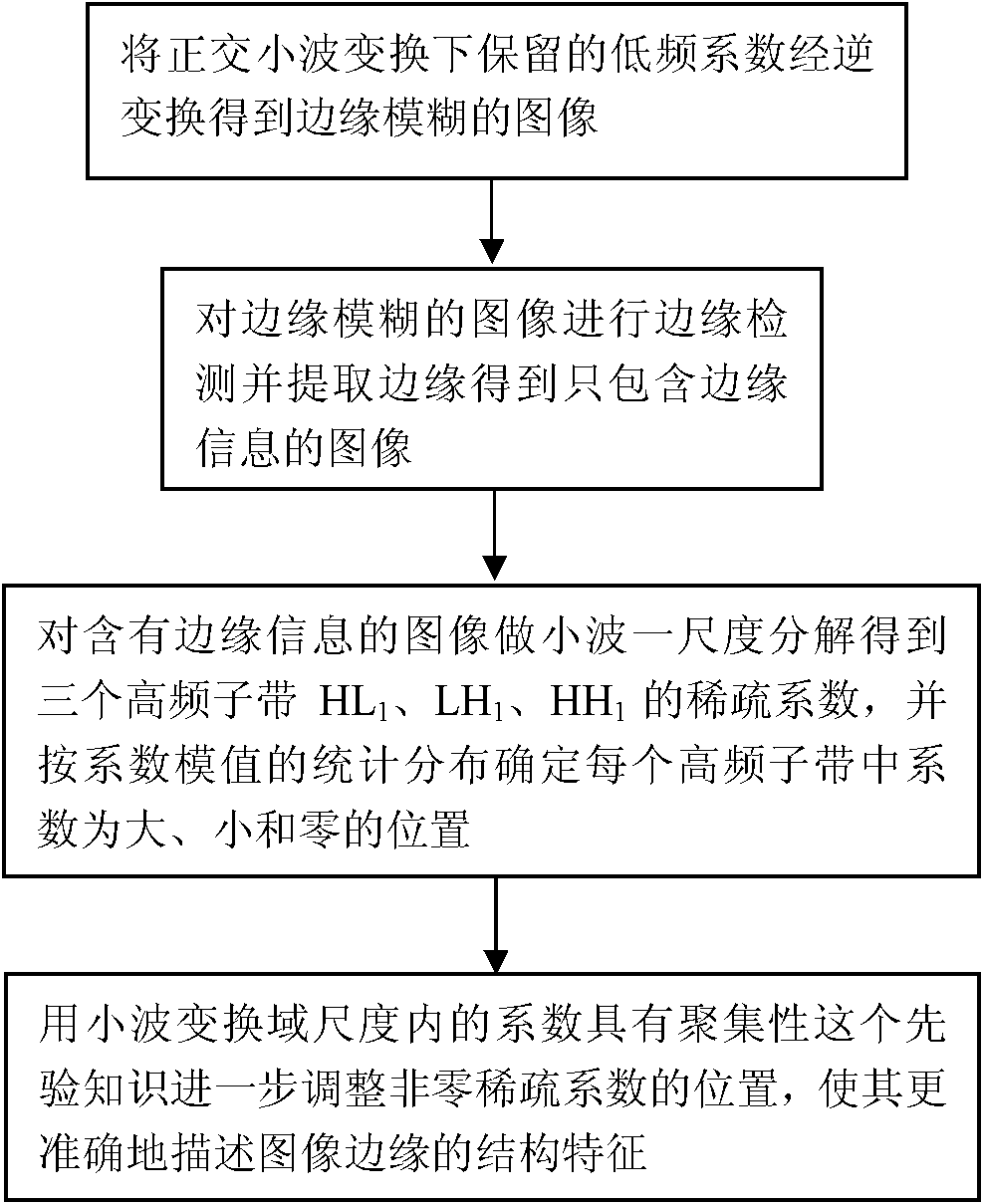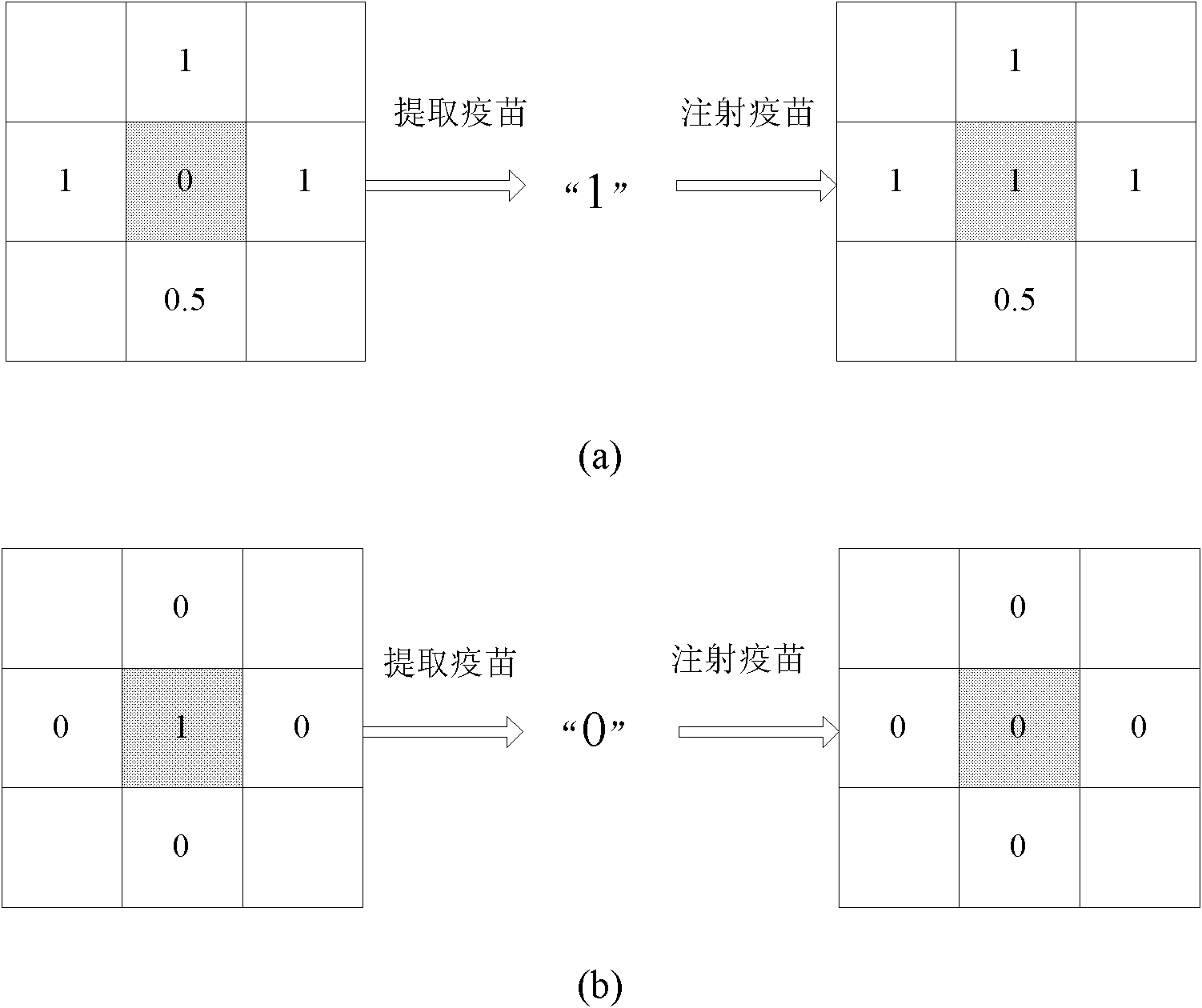Compressed sensing image reconstructing method based on prior model and 10 norms
A technology of compressed sensing and prior models, applied in the field of image processing, can solve the problems of large number of observations, large amount of calculation, and low image quality, and achieve the effects of expanding application range, improving reconstruction quality, and reducing computational complexity
- Summary
- Abstract
- Description
- Claims
- Application Information
AI Technical Summary
Problems solved by technology
Method used
Image
Examples
Embodiment Construction
[0054] refer to figure 1 , the specific implementation steps of the present invention are as follows:
[0055] Step 1, using wavelet low-frequency sub-bands to obtain three position populations corresponding to three high-frequency sub-bands.
[0056] refer to figure 2 , the specific implementation of this step is as follows:
[0057] (1a) Perform inverse transformation on the one-scale wavelet low-frequency sub-band sent by the sender, and set all high-frequency coefficients to zero to obtain an image with blurred edges;
[0058] (1b) Perform canny edge detection on the blurred image to obtain an image containing edge information;
[0059] (1c) Perform wavelet transform on the image containing edge information to obtain three high-frequency sub-bands containing edge information, and determine the modulus value of the coefficient in each high-frequency sub-band according to the statistical distribution of the modulus of the coefficients. The position of zero is marked as ...
PUM
 Login to View More
Login to View More Abstract
Description
Claims
Application Information
 Login to View More
Login to View More - R&D
- Intellectual Property
- Life Sciences
- Materials
- Tech Scout
- Unparalleled Data Quality
- Higher Quality Content
- 60% Fewer Hallucinations
Browse by: Latest US Patents, China's latest patents, Technical Efficacy Thesaurus, Application Domain, Technology Topic, Popular Technical Reports.
© 2025 PatSnap. All rights reserved.Legal|Privacy policy|Modern Slavery Act Transparency Statement|Sitemap|About US| Contact US: help@patsnap.com



